Jul 29th 2022 - Monica Cunanan
Which Agency Enforces Food Safety in a Restaurant? Safe Food Handling Procedures and more
Food safety refers to the proper practice of preparing and storing food to avoid foodborne illness. Food safety guidelines are imperative to ensure the health of customers, maximize your food products' longevity, and develop proper hazard management protocols.
State or Local Regulatory Authorities Enforce Food Safety

There are at least 15 federal agencies that are responsible for making sure that our food is safe and protecting public health. However, the responsibility for the outbreak lies with the United States Department of Agriculture (USDA) and the Food and Drug Administration (FDA).
The U.S. Department of Agriculture (USDA) oversees the safety of meat and poultry products such as egg products. FSIS agency (Food Safety and Inspection Service) of USDA is required by law to inspect all cattle, pigs, sheep, and other animals during meat slaughtering and process. Federal inspectors must be present at all times when a processing facility is operating.
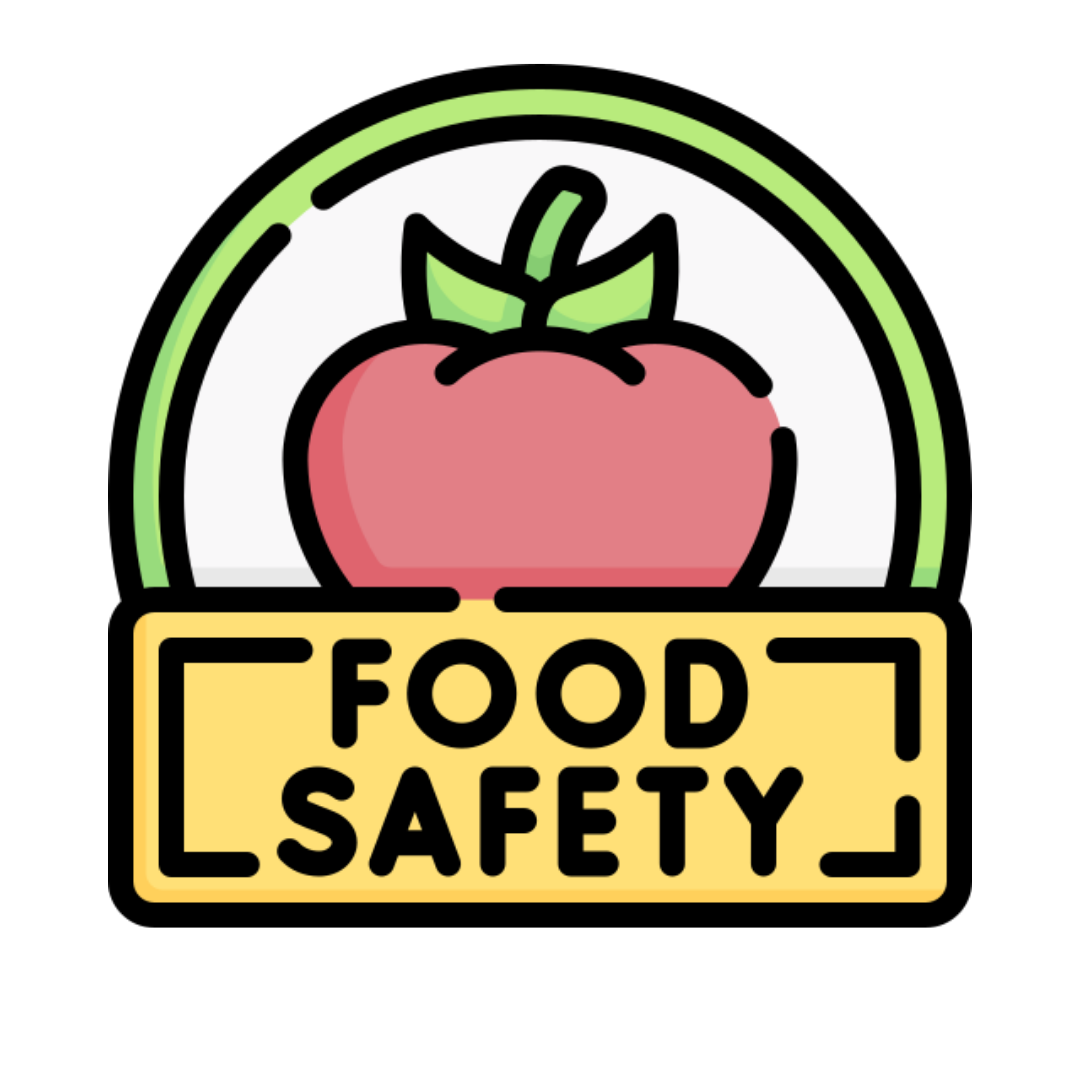
The FDA regulates virtually everything else except dairy products, fish, and fruit and vegetables. A part of the U.S. Department of Health and Human Service, the agency also ensures the safety of imported foods.
These organizations typically conduct pre-opening inspections of restaurants, regularly monitor restaurant conditions and investigate customer complaints and food poisoning incidents.
Safe Food Handling Procedures: What are they?

These include safe procedures for each step of the process including receiving, repacking, storing foods, preparing and cooking, cooling and reheating, displaying products, handing out products when serving customers, packing, cleaning and sanitizing, pest control, transporting, and delivering.
Food Safety Basics: What are the four basic principles of food safety?
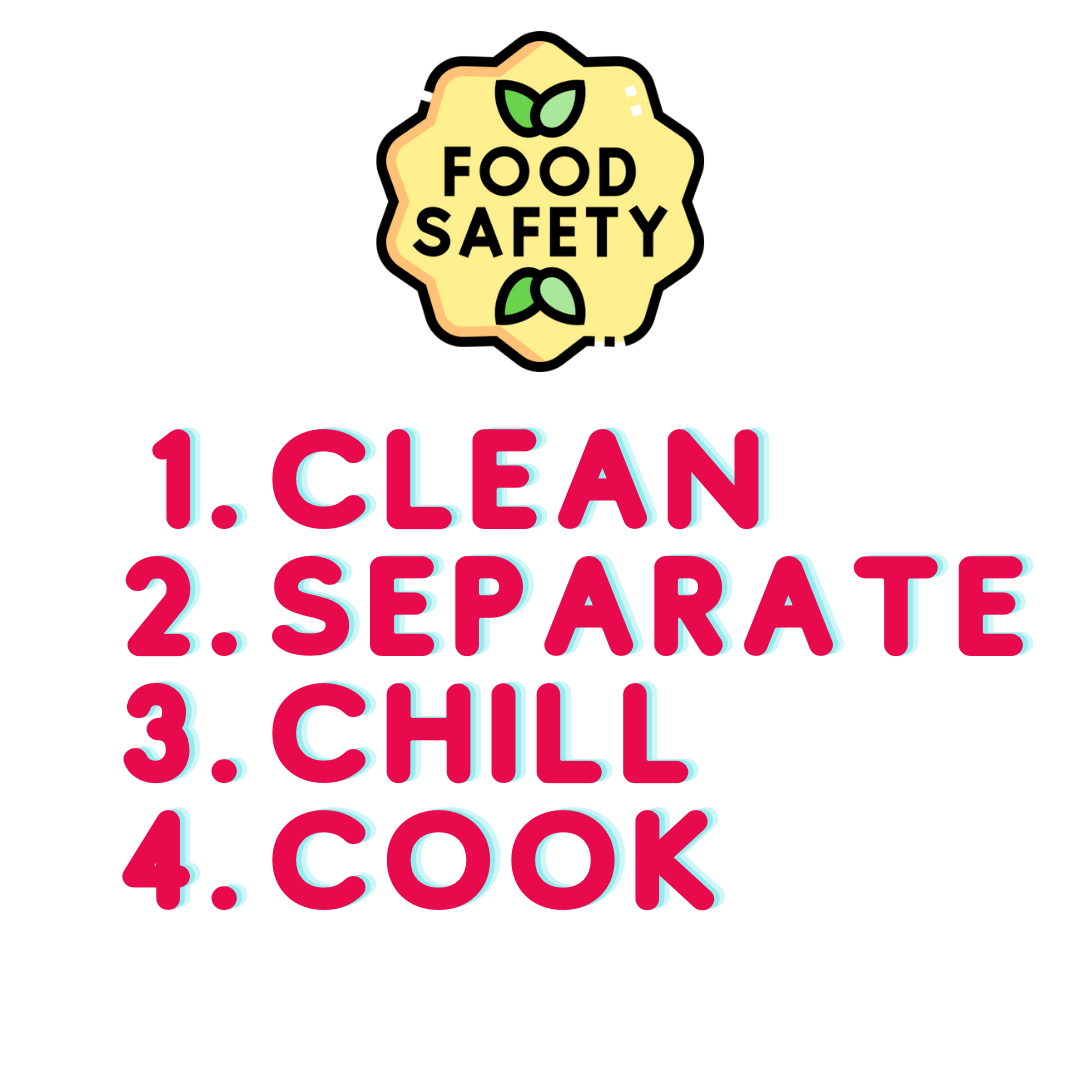
These guidelines outline four basic food safety principles — CLEAN, SEPARATE, CHILL, and COOK. — that help prevent food-borne illness. These principles directly align with the Academy of Nutrition's four simple tips to reduce food poisoning risks.
Food Safety Guidelines for Restaurants in the United States
Proper food handling practices mean avoiding foodborne illnesses. Food safety guidelines are extremely important for restaurants and food service operations to ensure customer health, maximize the longevity of food products, and develop proper hazard control procedures.
These are some restaurant food safety tips for optimal food safety to help keep your customers safe:
Wash Hands Often
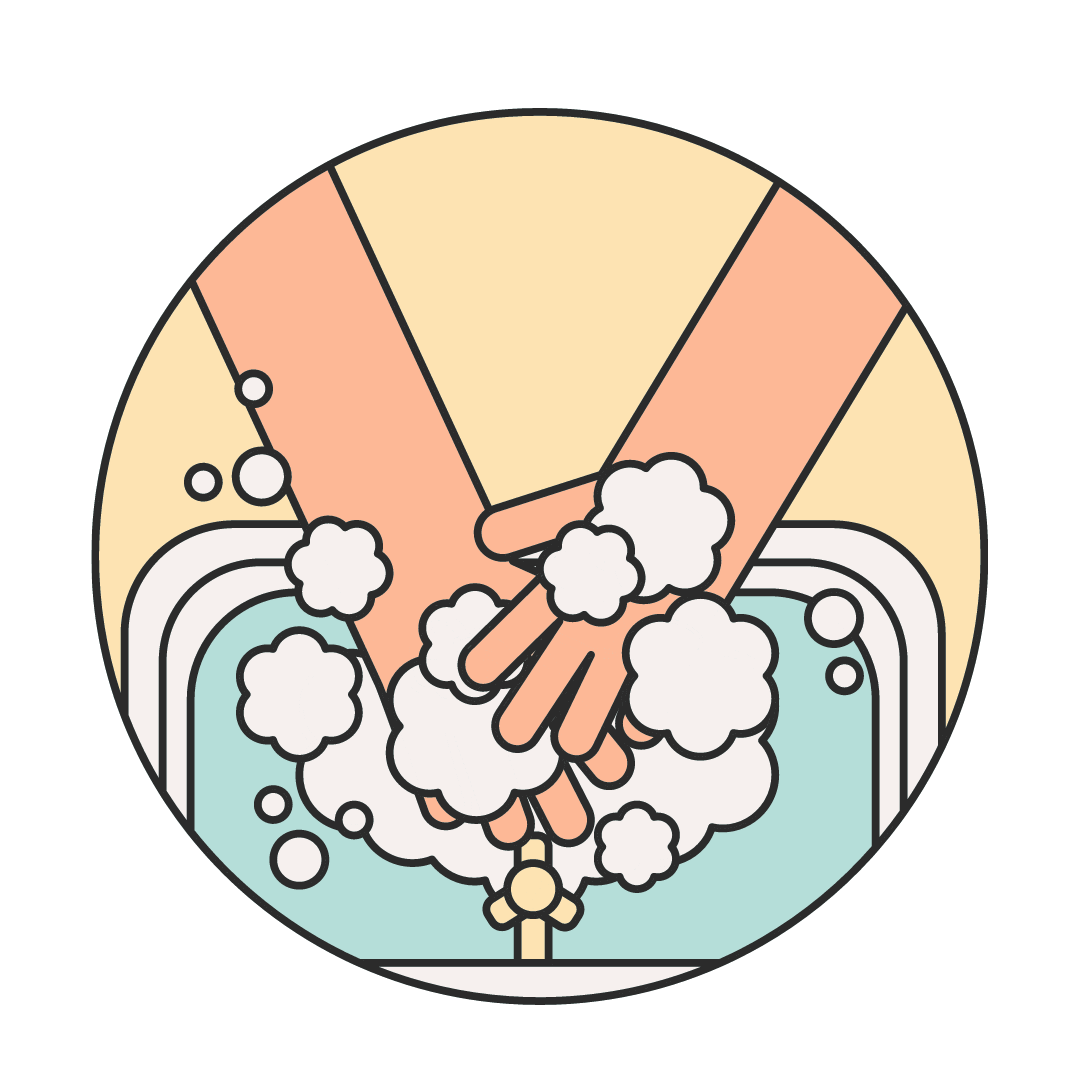
Remember that for best food safety practices, it is important that everyone who works at the restaurant washes their hands before preparing and handling foods and when changing from one task to another. Wash thoroughly with soapy water and warm water for at least 20 seconds.
Always Sanitize Surfaces
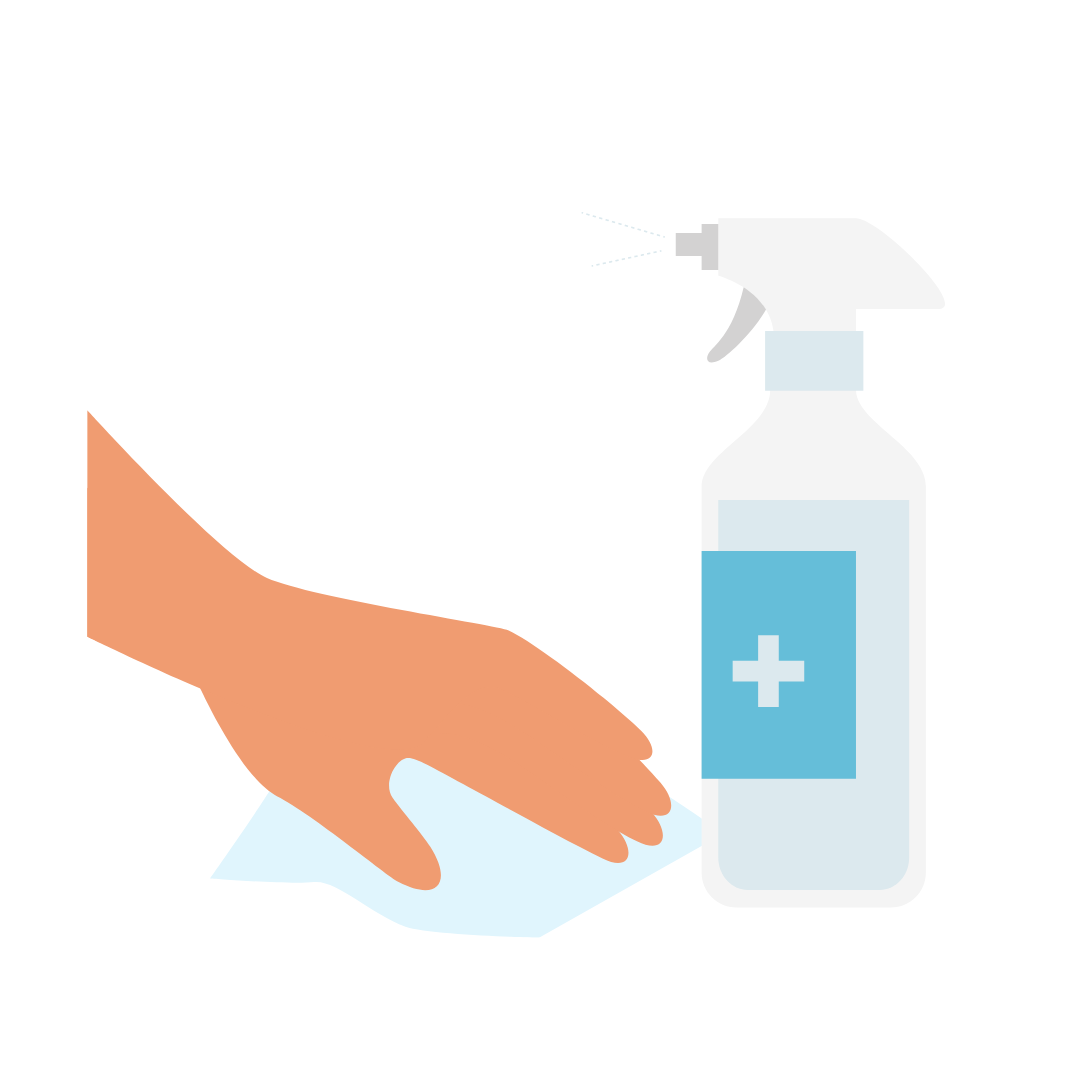
To ensure safe food preparation practices, sanitize and clean all surfaces, including prep area, cutting boards, equipment (including knives), storage areas, trash cans, and floor drains, should always be a crucial part of your food safety regimen Remember that this process removes food residues, dirt, and invisible microbes from surfaces that may come into contact with food. Always keep your surfaces clean and sanitized to prevent pests and bacterial growth from living there. Pests and invisible germs can cause harmful diseases, such as salmonellosis and listeriosis, to the food in their kitchens. Make sure that employees follow proper sanitation procedures on a daily, weekly, and monthly basis.
Considerations for procedures include:
- Cleaning up any debris or leftover food from the area.
- Washing the surface with hot soap and warm water.
- Rinse the surface with water and then wipe it off with a clean cloth.
- Wash the area with a disinfecting wipe or another professional sanitizing product.
- Let the area air dry.
Sanitization isn't just about cleaning; it's also about killing germs. You can use heat to kill germs too. It is best if you soak the items you're sanitizing in water at least 171 degrees Fahrenheit (or 212 degrees Celsius) for a minimum of 30 minutes. You can wash dishes by hand or use a dishwasher, but if you don't want to risk damaging them, stick to dishwashers.
Keep Foods Safe by Storing Them Properly
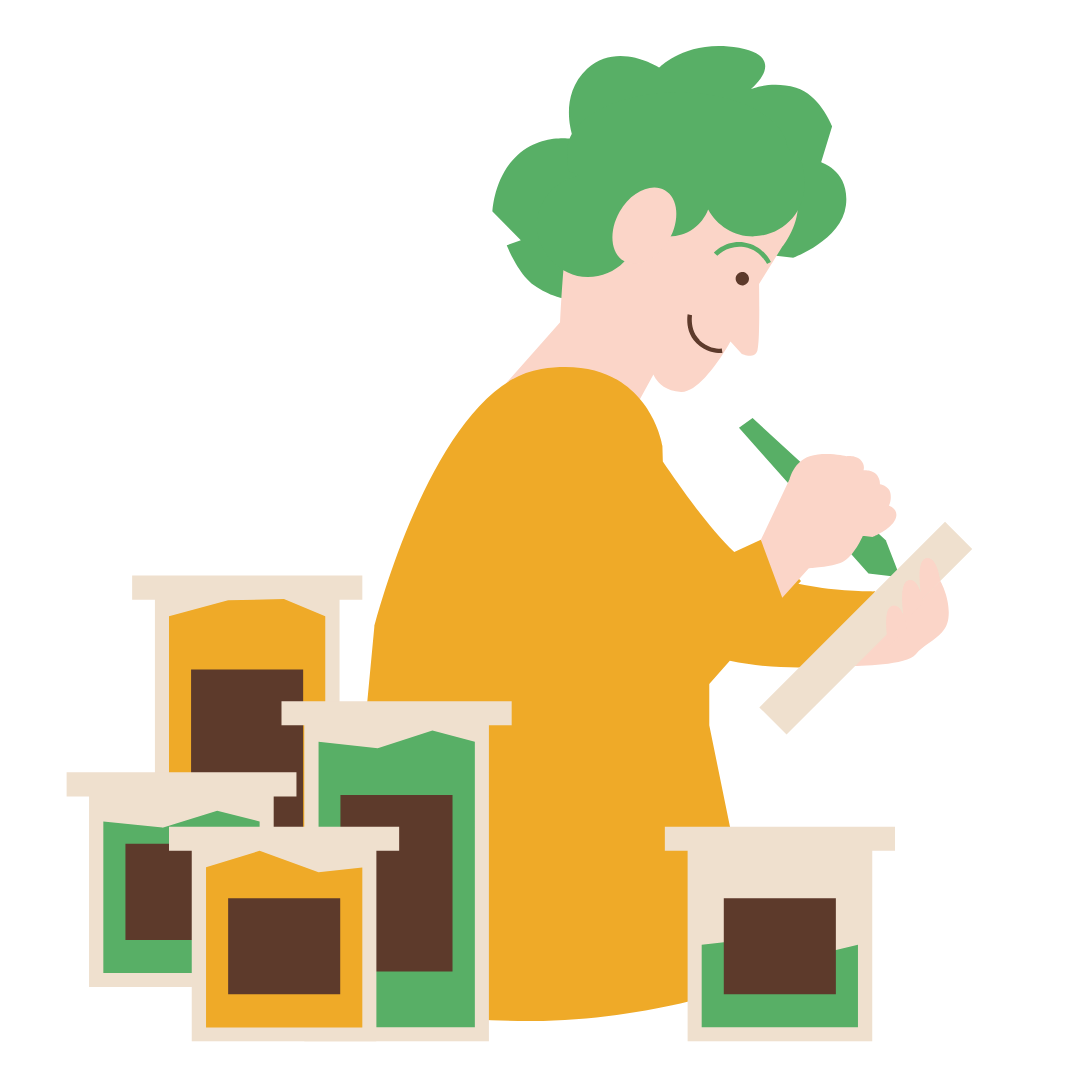
Make sure to always keep raw meats, ground meats, poultry, eggs, fish, and shellfish at the right temperatures to prevent food poisoning. Food safety includes the equipment used to cool, cook, and hold food at the correct temperature, and the processes of rapidly cooling food to prevent bacterial growing and using the FIFO method, "first – in, first -out."
Don't Let Food Get into the Danger Zone
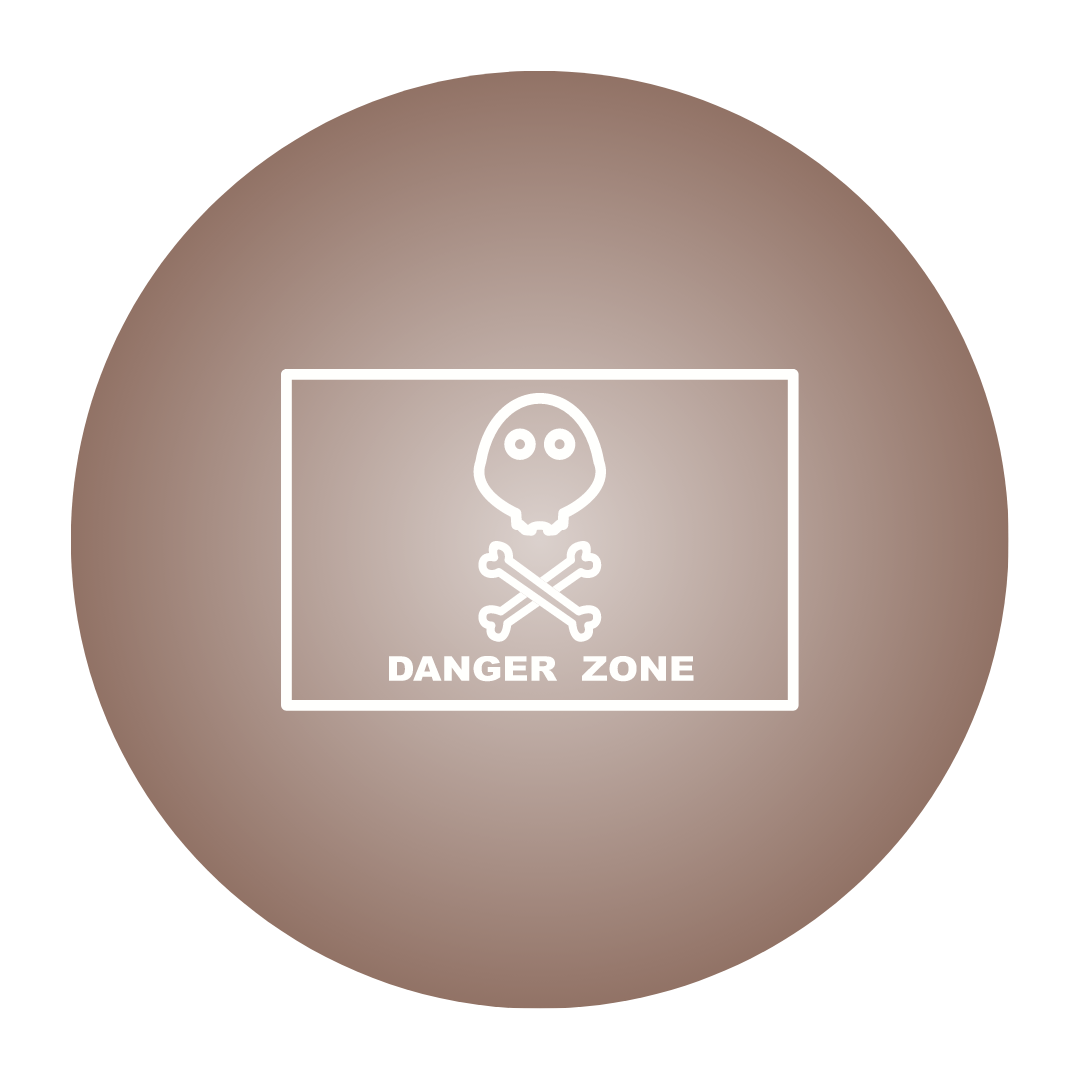
Danger zones refer to internal temperatures between 41 and 134 degrees Fahrenheit. To ensure that meats, poultry, eggs, or dairy products stay safe for consumption, it is important that they be kept at an appropriate temperature. In the United States, food must be kept at temperatures between 41°F (5°C) and 140°F (60°C). These temperature-sensitive foods shouldn't stay in the danger zone longer than two hours. During this time, germs can grow and spread quickly.
Be Aware of Food Recalls
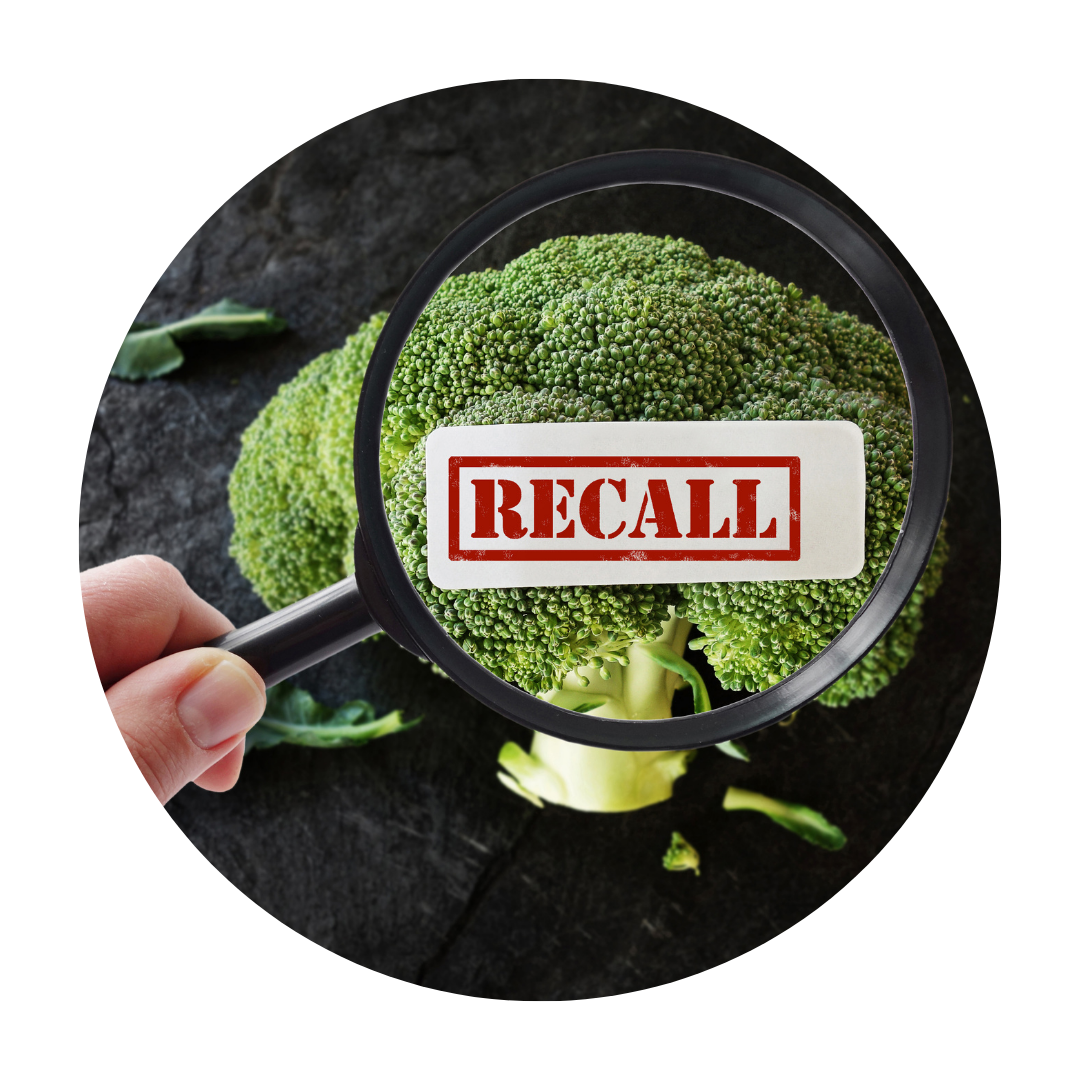
To avoid an outbreak of food poisoning, always be aware of food recalls related to your inventory. It is important to regularly check for product recalls from both the FDA and USDA.
Wash Fruits and Vegetables
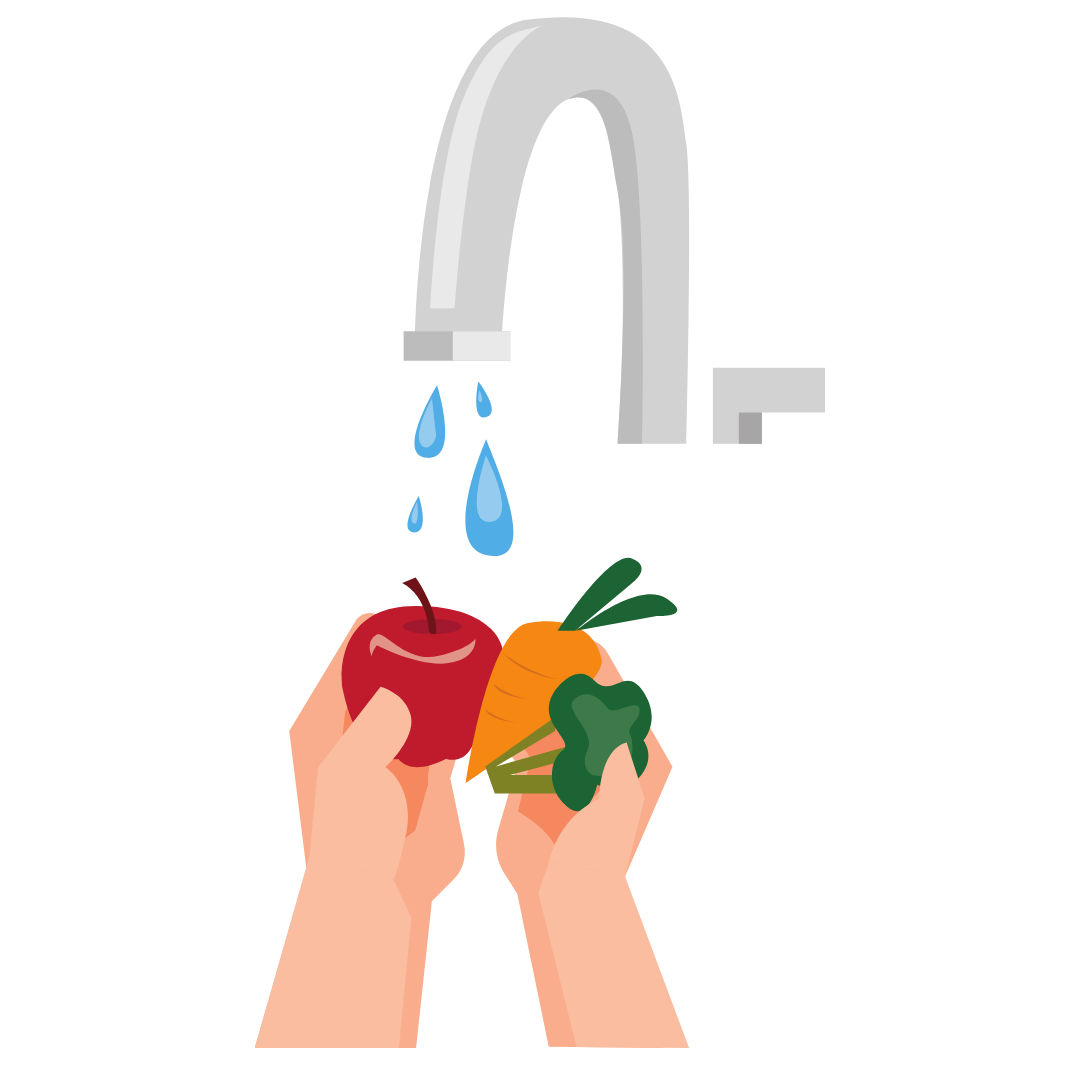 All fruits and vegetables must be thoroughly washed before consuming them. However, the only exceptions are products that have been packaged and labeled as "pre-washed". Clean, cold water, and use a vegetable brush if needed.
All fruits and vegetables must be thoroughly washed before consuming them. However, the only exceptions are products that have been packaged and labeled as "pre-washed". Clean, cold water, and use a vegetable brush if needed.
Avoid Cross Contamination
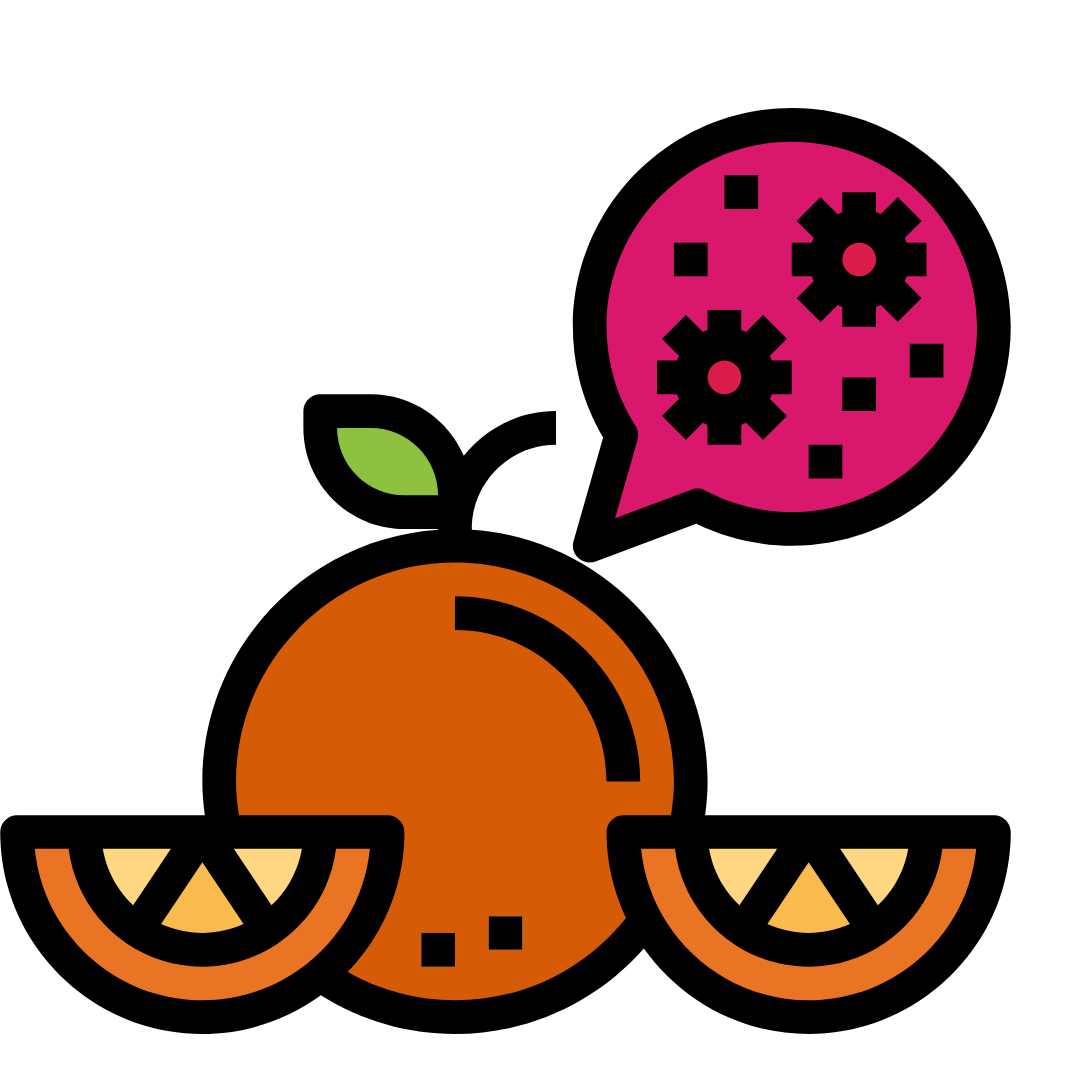
Contamination of food happens when harmful bacteria, allergens, or other microorganisms accidentally transfer from one object to another. Even though they may not appear visible to the naked eye, these results can be extremely dangerous or even fatal for unsuspecting consumers. Apart from hand-washing, it’s also important to use separate products for handling different kinds of foods. Keep different types of cutting boards and separate containers for raw meat, vegetables, fruits, and cooked foods. You can use a color-coded system if you want to help your staff keep an eye on things. If you follow the right procedures when handling raw meats, you'll be able to avoid any potential allergic reactions.
Importance of Food Safety Law
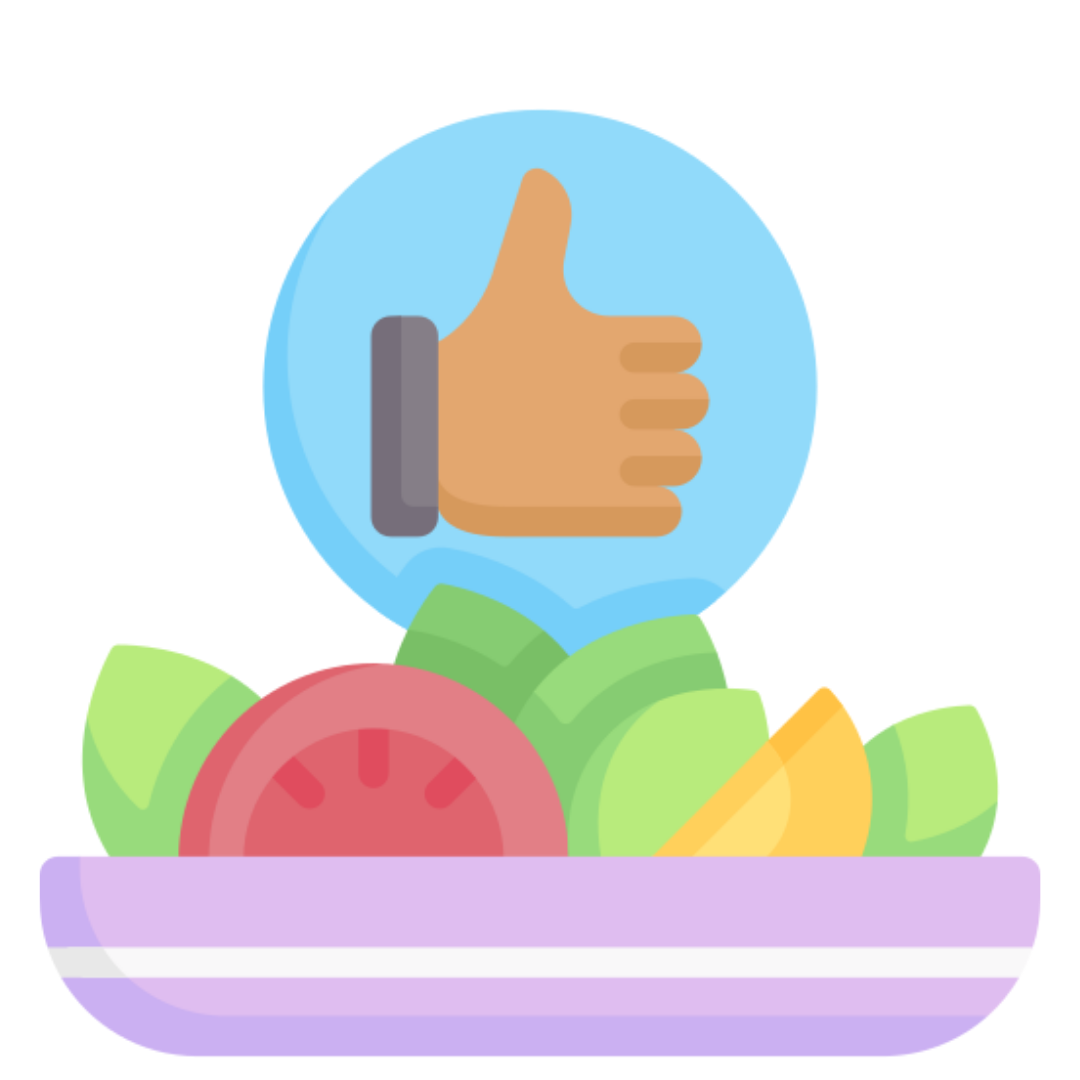
Restaurant sanitation and food safety are vital ongoing processes for any restaurant. Regardless of your length of time in business or how well you're rated by others, you're only as good as the most recent meal you've served. That is why it's important to implement strong security measures and monitor them constantly. To keep your restaurant’s reputation intact and reduce the spread foodborne illnesses, practice good food safety habits. You need to implement programs that ensure your staff members both prevent and react appropriately when they come across food safety issues.
Need Dinnerware/ Equipment for your Food Business?
Here at CulinaryDepot, we carry all kinds of commercial kitchen equipment and dinnerware for your business. Learn more about the tools for professional and home bartenders. Get in touch, and we'll help you get all the restaurant equipment you need to run your business!

